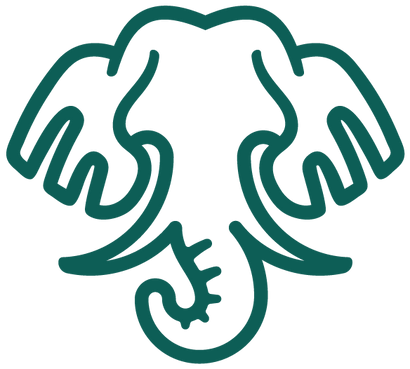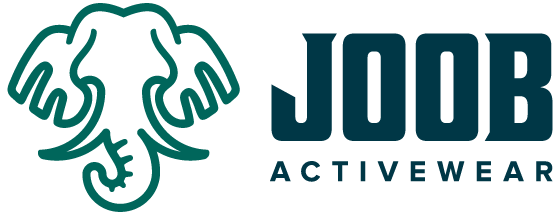On "Sustainability"
What is “sustainability” in apparel? While it’s become a trending buzzword, do you really understand what it means and how to assess it? Well, here’s an admission…we’re not quite sure either. And despite all the certifications and feel-good marketing claims out there, no one has a clear-cut “right” answer. So instead of a keyword loaded, jargon filled sustainability policy, we’re going to try and explain our philosophy in plain language. An imperfectly human policy full of introspection, iteration, internal debate, incremental improvement and idealism. So here we go:
Our philosophy centers in order of priority on 1) Product 2) People and 3) Planet. Design a great product, treat people with respect and empathy, and try to do good for the planet – both human and natural.
PRODUCT
We believe that “sustainability” starts with the product. NOTHING else matters if we’re creating a product that people don’t love or won’t last.
- Thoughtful Design – There’s a lot of apparel already out there. We strive to create pieces that are incrementally better by filling small gaps in the market. A zippered pocket on a sun hoodie, a stretch waistband on shorts, a tapered fit on hiking pants or the just right weight of a light jacket…it’s the little things that matter. We’re not reinventing the wheel; just better clothes that you’ll actually want to wear first.
- Innovative Materials – We continuously search for inventive new materials – stuff that might not make sense for bigger brands. We’ll never find the perfect fabric because humans are always innovating. But we love looking for it and getting a little bit better each time. Some things we’re currently proud of are the Chitosante finished Recycled Polyester on our hoodies and t-shirts, the REPET Recycled Polyester on our O-coats and the Sustainable Beech/Silk Viscose on our check shirts (uses way less water than cotton).
- Quality Construction – We strive to make products that will last – through both careful selection of the materials that are used and the factories where they’re made. Let’s face it, as an activewear brand, most of our products use synthetic materials which will probably outlive their wearer. We strive to ensure that the workmanship matches that. Our business model is lean and aims to sell you a few better clothes that you’ll wear repeatedly rather than a lot of cheap ones that you’ll only wear once.
PEOPLE
Making clothes is hard work. It’s manual and labor intensive. With all the technological leaps we’ve made, it’s easy to imagine some AI driven robot 3D printing our clothes but the reality is that almost everything we wear is still crafted by human hands in much the same way it’s been done for decades – men and women working at sewing machines creating t-shirts, pants, jackets etc. one at a time. It doesn’t matter if it’s a luxury brand, performance wear or fast fashion – it was a person that likely made that piece.
- Human Connection – Despite all the technology around us, we recognize that apparel is still very much a human industry. We strive to visit our factory partners in person wherever they may be not only to assess how the factory operates but also to make that all-important human connection.
- Treat our Suppliers as Partners – We respect our suppliers and factory partners – both domestic and abroad. We believe in working together as collaborators.
- Supply Chain Transparency – We strive to be transparent with our supply chain. Most of our products include a QR Code which provides more information about the DNA of the item – where it’s made, what it’s made of and other notes. We want the end consumer to know where their clothes come from.
PLANET
We try to do good for the planet – both natural and human – by supporting causes we value and admire. We donate a minimum of 1% of our revenues to charitable causes. To date, we’ve supported organizations such as 1% for the Planet, the Peace Corps, National Park Conservancies, Tandana Foundation, Zero Waste, Sierra Club and more.


